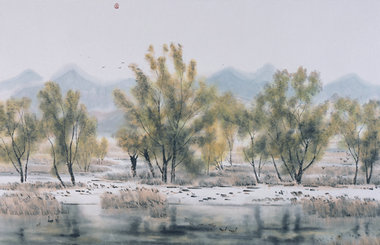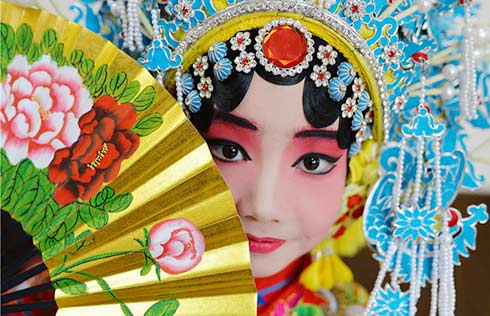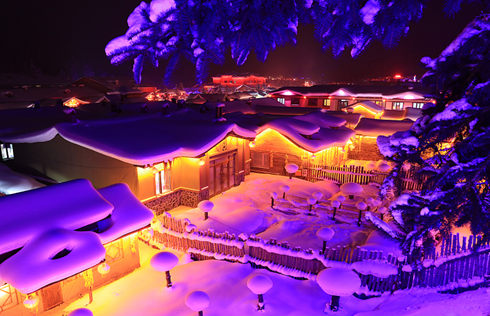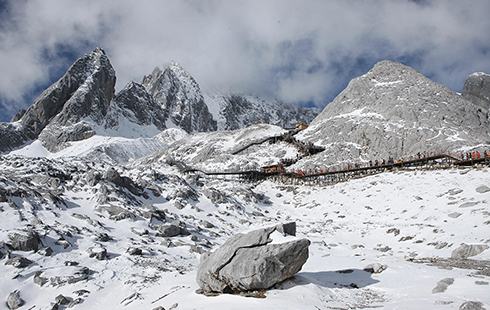Indeed there were participants who had hoped the race would be canceled, among them my friend. I imagine official cancellation would have freed him from his sponsorship obligations. He said he would stay away next time PM2.5 rises above 200. However, he did not buy into the macabre scenario that some online pessimists painted.
Others contend that smog should be treated as an occupational hazard, just as injury is to a football player. You are aware of its damage but you go into it anyway. Besides, the exact damage from running 42 km, with or without precautions such as masks, is difficult to gauge accurately and will not show up immediately - apart, perhaps, from a dry cough or two.
But this year's Beijing marathon did serve to highlight this environmental problem better than any awareness campaign. A constant stream of real-time on-site photos from the race, with white masks dotting the foreground and a haze looming enveloping everyone, present a surreal image for a hazard that has been plaguing the country, and Beijing in particular.
While fog is natural, the three major components of smog are man-made. Experts say that gas emissions from coal burning and motor vehicles, plus dust, form the backbone of the city's air pollution. There is no easy cure, and Beijing will be unable to solve the problem alone. Hebei province, which surrounds the city, is heavily industrial, and some of its cities are even more polluted.

























 Raymond Zhou:
Raymond Zhou: Pauline D Loh:
Pauline D Loh: Hot Pot
Hot Pot Eco China
Eco China China Dream
China Dream China Face
China Face






